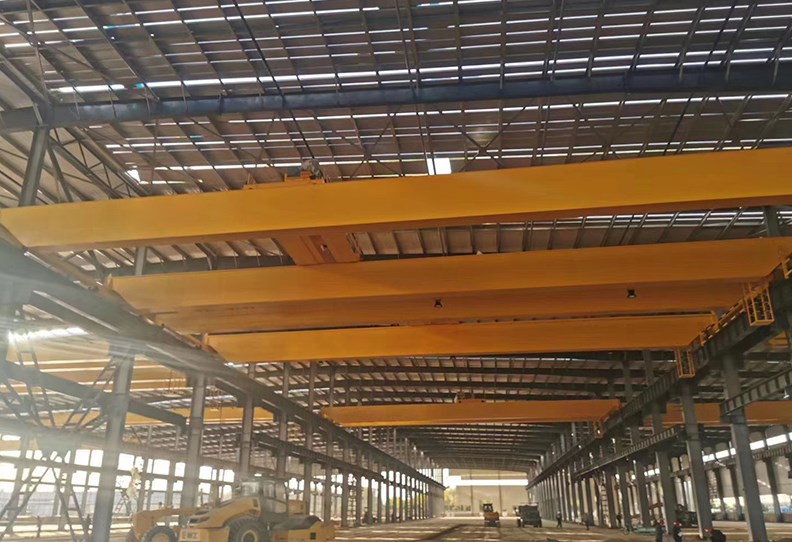The Future of Container Handling: Automation and Gantry Cranes

Container handling gantry cranes have long been the workhorses of ports and terminals, efficiently lifting and moving containers with precision. As technology continues to advance, the question arises: Can these massive machines be automated? The prospect of automation in container handling is a topic of great interest and debate within the maritime industry. In this article, we will explore the possibilities, challenges, and potential benefits of automating container handling gantry cranes. The Current State of Gantry Cranes Before delving into automation, it's essential to understand the current state of container handling gantry cranes. These colossal structures are commonly found in seaports and container terminals, where they play a crucial role in loading and unloading shipping containers from vessels to the yard and vice versa. Traditional gantry cranes are operated by skilled crane operators who manipulate the controls to move containers with precision and efficiency. Chall...

